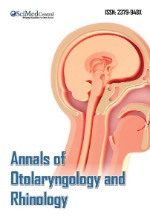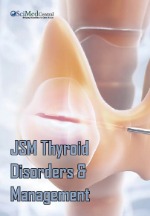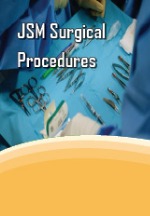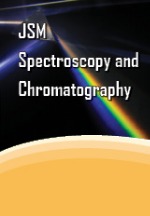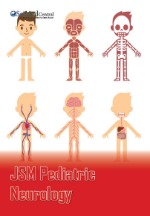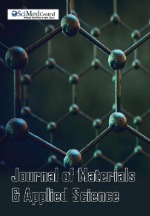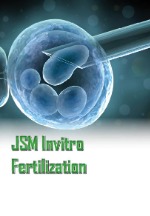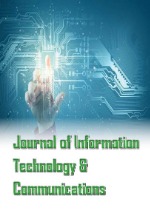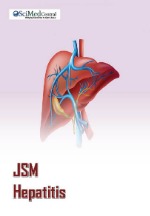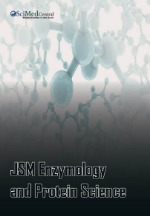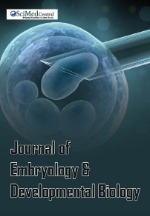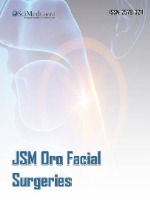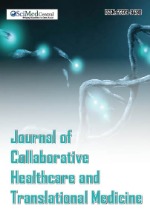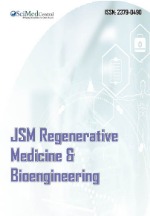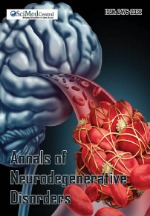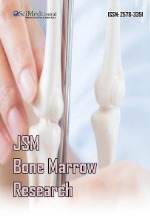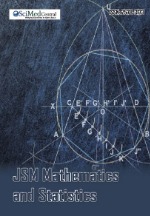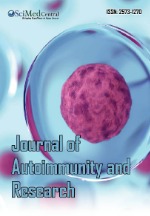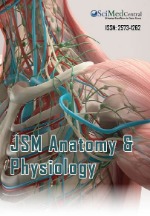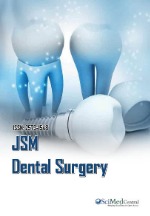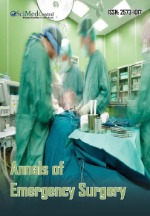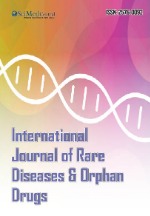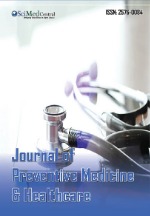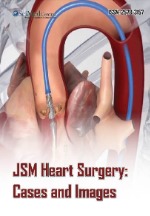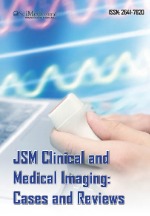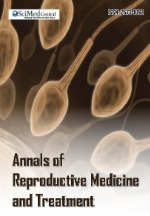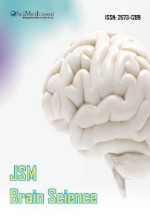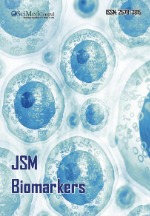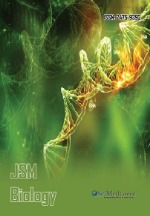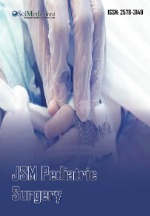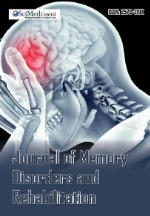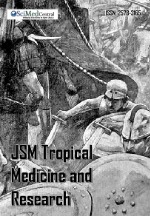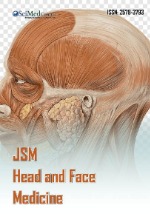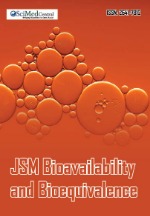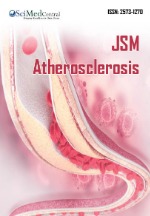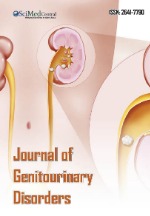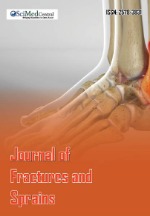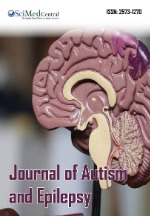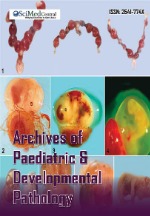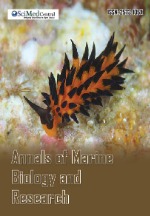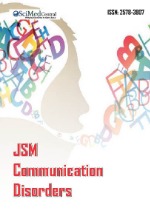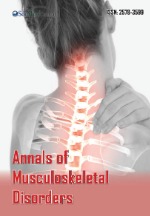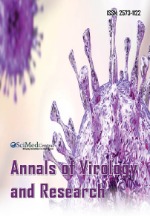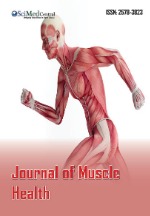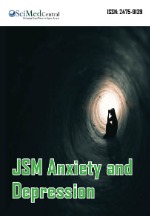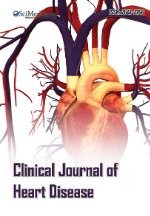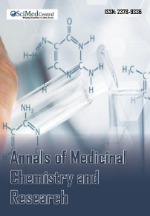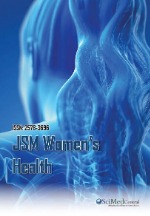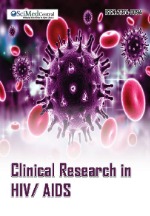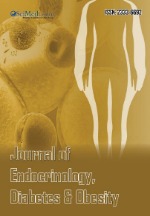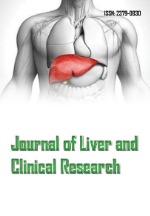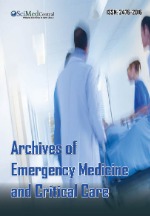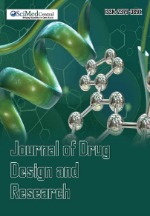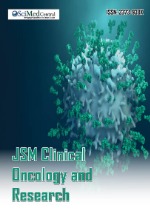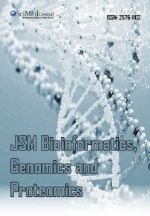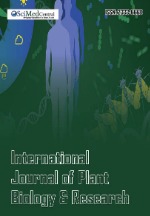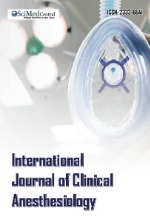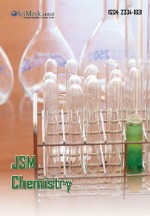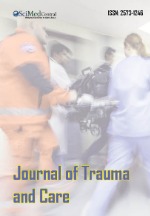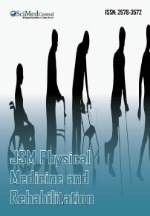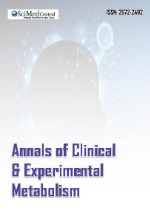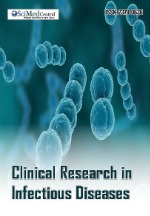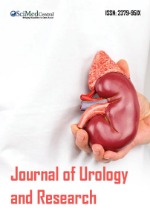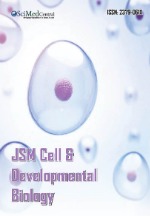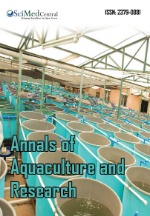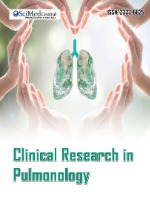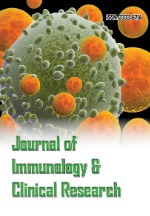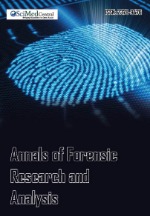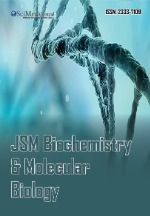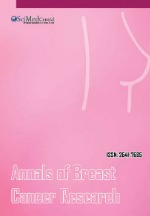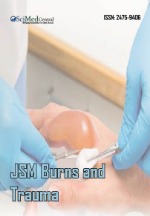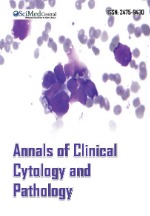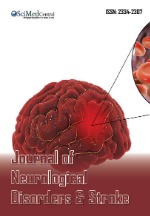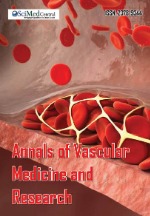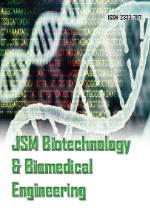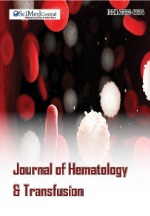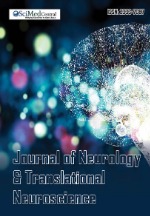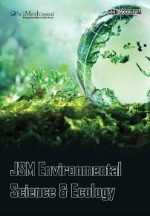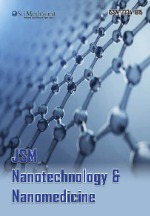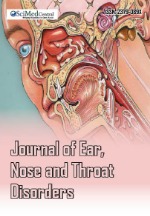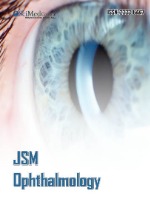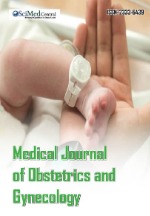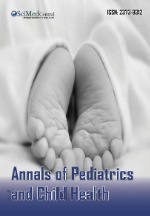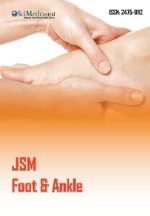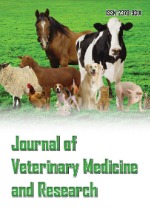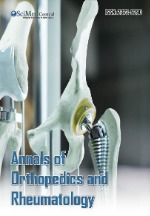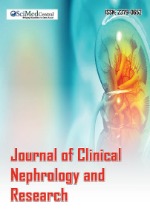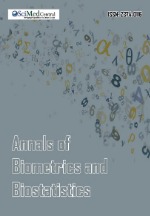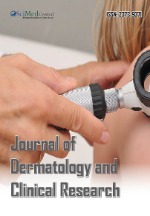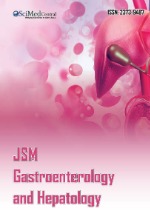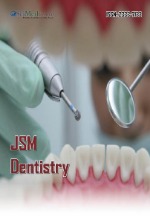Solitary Fibrous Tumor of the Nasal Cavity and Paranasal Sinuses
- 1. Department of Otorhinolaryngology, Hospital of Braga, Portugal
ABSTARCT
The solitary fibrous tumor (SFT) is a mesenchymal, spindle cell neoplasm. It was originally described as a tumor of the mesothelial tissue of the pleura. However, numerous extrathoracic sites have been described recently. Nowadays,is accepted that the SFT has a mesenchymal origin and that the extrathoracic localization is at least as common as the pleural disease.
The SFT in the nasal cavity and perinasal sinuses is extremely rare and only 25 case-reports have been described in the literature.
We present a case of a male patient with a SFT of the nasal cavity and provide a review of the literature.
KEYWORDS
• Solitary fibrous tumor (SFT)
• Nasal cavity
• Paranasal sinuses
• Mesenchymal origin
CITATION
Marcal N, Menezes A, Dias L (2018) Solitary Fibrous Tumor of the Nasal Cavity and Paranasal Sinuses– A Case Report. Ann Otolaryngol Rhinol 5(1): 1202.
INTRODUCTION
The solitary fibrous tumor (SFT) has a mesenchymal origin and consists of spindle cells. It was originally described by Klemperer and Rabin in 1931 as a primary tumor of the pleura with mesothelial origin. However, over the years they have been described in several extrathoracic locations (eg. Retroperitoneum, abdominal cavity, orbit, mediastinum, etc.). Nowadays, is accepted that the SFT has a mesenchymal origin and that the extrathoracic localization is at least as common as the pleural disease.
Histologically, the SFT is defined as a fibrous neoplasm and spindle myofibroblastic cells, which characteristically present without organizational pattern and have a typical vascular network similar to hemangiopericytoma. In most cases (90-95%), their cells are positive for CD34 in the immunohistochemical investigation. However, CD34 has a universal distribution and is not associated with a specific cell line. Therefore, CD34 is not specific for SFT and its presence is only significant when associated with other characteristics such as negativity for keratin, desmin, alpha-actin and smooth muscle actin. There are no specific genetic mutations associated with this cancer.
This disease occurs almost invariably in adulthood, without predominance of gender, with the highest incidence between 40 and 70 years old.
Lesions are usually asymptomatic and in most cases are accidentally discovered. The presence of SFT in the nasal cavity and paranasal sinuses is extremely rare.
CASE PRESENTATION
A 38-year-old man presented with a 1-year history of persistent progressive left-sided nasal obstruction and hyposmia. He also reported a 4-month history of hemicranial headache and 2- month history of a mass in the left nasal vestibule.
The patient was otherwise healthy and had no medical or surgical history. He was a nonsmoker and nondrinker and denied illicit drug use. He was not actively taking any medications.
On examination, the patient presented distortion of the nasal pyramid with left deviation of the nasal bones. Anterior rhinoscopy demonstrated a large friable mass obliterating the left nasal cavity, which compressed and deviated the nasal septum. The remainder of the head and neck examination was unremarkable.
Computed Tomography (CT) scan (Figure 1)
Figure 1: Computed Tomography (CT) scan
(Figure 2)
Figure 2: Massive lesion of the left nasal cavity.
revealed a “massive lesion of the left nasal cavity, extending from the left vestibulum up to the nasopharynx, with almost its complete obliteration, associated withsignificative bulging of the left nasal cavity, resulting incompression of the medial wall of theright maxillary sinus.
A biopsy was performed, resulting in significative bleeding. The histopathological result was inconclusive.
It was further evaluated with magnetic resonance imaging (MRI) (Figure 3)
Figure 3: Magnetic resonance imaging (MRI) Scan.
(Figure 4)
Figure 4: Magnetic resonance imaging (MRI) Scan Report.
(Figure 5)
Figure 5: Enlargement of the nasal pyramid.
(Figure 6)
Figure 6: Extensive left naso-ethmoidalneo formation measuring 42mm.
which revealed an “extensive left naso-ethmoidalneo formation measuring 42mm [1,2]. Its causes enlargement of the nasal pyramid and extends to the nasopharynx... No significant bone destruction is seen. Enhances intensely after administration of gadolinium ... Conclusion: an alternative to an inflammatory naso-ethmoidal polyp is a rare benign tumor (schwannoma / neurofibroma).”
The patient subsequently underwent ethmoidectomy using a left paralateronasal rhinotomy approach (Figure 7).
Figure 7: Ethmoidectomy Procedure.
(Figure 8)
Figure 8: Left paralateronasal rhinotomy approach.
(Figure 9)
Figure 9: Natural ostium of the maxillary and sphenoid sinuses.
(Figure 10)
Figure 10: Paranasal mass.
Intraoperatively, the lesion invaded the natural ostium of the maxillary and sphenoid sinuses, destroyed the posterior portion of the osseous nasal septum and led to retention of secretions within the ipsilateral frontal sinus due to obstruction of the frontal recess. The mass was excised completely
The anatomopathological analysis described: “The tumour consists predominantly of dense collagen, with interposed spindle cells without atypia and capillary vascular structures... Immunohistochemical testing resulted in prominent staining for CD-34 and bcl-2, Negative results were obtained after staining for alpha-actin and smooth muscle actin. Conclusion: Solitary Fibrous Tumor “ (Figure 11).
Figure 11: H&E Immunohistochemical testing.
(Figure 12)
Figure 12: CD34+.
(Figure 13)
Figure 13: BCL2 +.
The postoperative period was uneventful. Currently, the patient is monitored in regular follow-up visits with no evidence of recurrence of disease.
Differential diagnosis
We consider the following differential diagnoses: leiomyosarcoma, schwannoma, Metastatic metaplastic carcinoma, Miofibroma, chondrosarcoma, Hemangiopericytoma. Usually, the morphology and immunohistochemical staining pattern help distinguish SFTs from other tumours [3].
CONCLUSION
They are few cases of SFT of the nasal cavity and paranasal sinuses described in the international literature. Most pleural and extra-pleural SFT have a benign behaviour.
The most significant series of extrapleural SFT reported a local recurrence rate of 9-19%regardless of the complete surgical excision of the lesions and report the occurrence of distant metastasis in 0-19% of cases and a mortality related to cancer of 0- 27%.
The histomorphological characteristics did not prove to have predictive value of clinical outcome. However, tumours with infiltrated surgical margins are associated with more aggressive clinical course, regardless of their histological features.
The recommended treatment is complete surgical excision. The role of adjuvant therapies as radiotherapy and chemotherapy is still controversial.
Solitary fibrous tumor is extremely rare in nasal and paranasal sinuses, and its etiology is not known. Despite the benign behaviour of this tumour, it is wise to try to always surgically remove the lesion with free margins and maintain follow-up visits in the long term.















